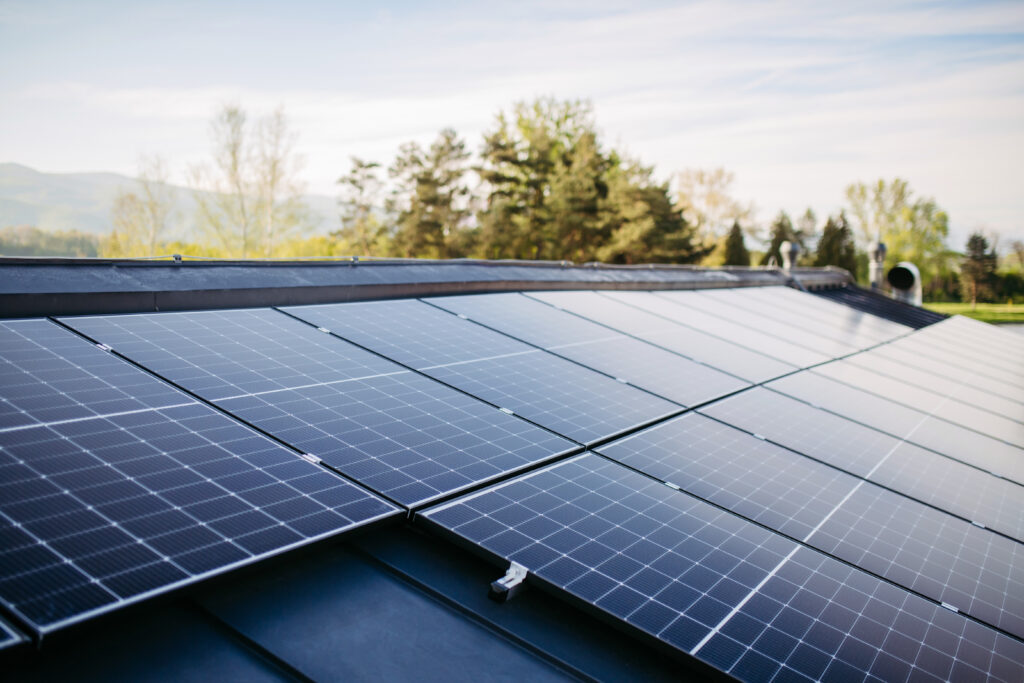A Homeowner’s Guide to Monitoring and Maintaining Your Solar System
Going solar is one of the best energy investments you can make in Canada. But what happens after the solar panels are installed? This guide explains what Canadian homeowners can expect — from system activation to ongoing maintenance and monitoring.
Whether you’re in British Columbia, Alberta, Ontario, or elsewhere in Canada, this article will help you get the most out of your solar power system.
What Happens After Solar Installation in Canada?
Once your solar panels are installed on your home, a few key steps need to happen before they begin generating electricity:
1. Utility Inspection & Approval
Canadian utilities — such as BC Hydro, Hydro One, EPCOR, or ENMAX — require a final electrical inspection before you can connect your system to the grid.
2. Permission to Operate (PTO)
After passing inspection, you’ll receive Permission to Operate (PTO) under your province’s net metering program. This means you’re now allowed to send excess energy back to the grid and receive credits on your utility bill.
3. System Activation
Once PTO is granted, your solar provider or electrician will switch your system on — and your home will begin producing clean, renewable energy.
Pro Tip: The PTO process in Canada can take anywhere from a few days to a few weeks depending on your local utility.
How to Monitor Your Solar Panel System in Canada
Most solar energy systems installed in Canada come with a solar monitoring app or web portal. This allows you to track system performance, energy production, and potential issues.
Popular Monitoring Platforms in Canada:
- Enphase Enlighten
- SolarEdge Monitoring
- Fronius Solar.web
What You Can Track:
- Daily and monthly energy production (kWh)
- Lifetime system output
- Real-time performance data
- System alerts and downtime
Canadian Tip: Monitor your solar production at least once per month and compare it to your net metering credits on your utility bill.
How to Maintain Your Solar Panels in Canadian Weather
Solar panels in Canada are designed to be durable and weather-resistant — even in snow, hail, and extreme temperatures.
General Maintenance Tips:
- Inspect for debris like leaves, bird droppings, or snow build-up.
- Rinse panels with a garden hose 1–2 times per year if dust or pollen is heavy (especially in spring or during wildfires).
- Check for shading from new tree growth or nearby buildings.
Special Notes for Canadian Climates:
- Snow usually melts quickly due to the dark surface of panels and tilt angle. No need to shovel!
- Hail: Most panels used in Canada are certified for impact resistance.
- Rain: Naturally cleans your panels most of the year.
Avoid climbing your roof or using pressure washers. If you can’t safely inspect your system, contact your solar provider for a check-up.
Inverter Maintenance: What Canadian Homeowners Should Know
Your inverter is the device that converts solar energy into electricity your home can use. In Canada, inverters typically need more attention than the panels themselves.
Canadian Inverter Guidelines:
- Lifespan: 10–15 years (panels last 25+ years)
- Keep clear of snow buildup or moisture if located outdoors
- Check for error lights or alerts via your monitoring app
Many inverters used in Canada — such as Enphase or SolarEdge — come with 10 to 25-year warranties.
What If My Solar System Isn’t Producing Power?
In Canada, solar outages are rare but can happen — especially in winter months with limited sunlight or extreme cold.
Basic Troubleshooting:
- Check your monitoring app for error codes
- Look at your utility bill — have your net metering credits dropped?
- Inspect your breaker panel (if safe) or contact your installer
A trusted Canadian solar provider will offer remote diagnostics and schedule on-site service if needed.
Do You Need Annual Solar Inspections in Canada?
You don’t have to get your solar system inspected yearly — but doing so can improve performance and catch small issues before they grow.
What’s Included in a Canadian Solar Checkup:
- Panel condition review (snow load, weathering, fasteners)
- Inverter diagnostics
- Monitoring app performance
- Optional cleaning (if needed)
Recommended every 2–3 years, or annually in areas with extreme winter or wildfire activity.
Solar System Warranties in Canada
Your solar installation in Canada should include several warranties. Be sure you understand what’s covered:
Standard Canadian Warranty Coverage:
- Solar panels: 25–30 years (performance guarantee)
- Inverters: 10–25 years
- Racking/mounting: 10–20 years
- Installer workmanship: Typically 5–10 years
Keep all your warranty documents and check if your installer offers a maintenance or monitoring support plan.
Canadian Net Metering & Energy Savings
Once your solar system is live, you’ll start benefiting from net metering — Canada’s most common solar billing program.
Net Metering Basics:
- Excess electricity your system produces is sent to the grid.
- You receive energy credits from your utility.
- These credits reduce or offset your electricity bill (especially in summer).
Programs vary by province:
BC Hydro Net Metering
Hydro One Net Metering (Ontario)
ENMAX EasyMax Solar (Alberta)
Most programs allow credits to carry over for up to 12 months.
Final Checklist for Canadian Solar Owners
Make sure you’re set up for success after installation:
- Receive PTO from your provincial utility
- Activate your monitoring app (Enphase, SolarEdge, etc.)
- Set a calendar reminder to review system performance monthly
- Rinse panels once or twice a year (or as needed)
- Know who to contact if something goes wrong
- Keep warranty info in a safe place

